We spent two amazing days in St. Petersburg during our Baltic cruise.
The first morning in Russia started with a very long line waiting to get off the cruise ship,
followed by more waiting in line to have our passports
and tour tickets looked over by customs officials.
After a few stern glances up at me and back at my paperwork,
I was given the stamp of approval to enter Russia.
Read our St. Petersburg Travel Guide
The first morning in Russia started with a very long line waiting to get off the cruise ship,
followed by more waiting in line to have our passports
and tour tickets looked over by customs officials.
After a few stern glances up at me and back at my paperwork,
I was given the stamp of approval to enter Russia.
Read our St. Petersburg Travel Guide
| Check CruiseCritic forums for popular tour companies used by cruisers... sometime they even offer discounts for being a CruiseCritic member, forming a tour group, or booking in advance. | How to Enter Russia? In order to enter Russia you need to either have an approved visa, which is not cheap ($160-$250) or book an approved tour company that will provide tour tickets, which act as a "blanket visa" allowing you to enter the country as long as you are accompanied by a guide. One and two day cruise ship passengers are much better off booking a tour company, rather than buying a visa. St. Petersburg is a huge city to navigate with so many sights to see in such a short period. Tour companies also have the advantage of priority and fast-track entry into museums that many tourists will spend hours just waiting to enter. Book a tour company BEFORE you get to Russia and make sure you have your printed tour tickets in hand! The tour company can be local or it can be an excursion through your cruise ship. Don't let the cruise lines fool you into thinking that you can't leave the boat if you are not on a "cruise ship tour" or that customs officials will not let you through... you can book a local Russian tour company and usually at a much more reasonable price. |
| STOP #1: Canals of Egypt After being whisked away from the cruise terminal, we were given a brief introduction to the city of St. Petersburg. Our first stop was at the Egyptian sphinxes located along one of the main canals. Russia purchased this pair of 3,500 year old sphinxes around 1830. We quickly learned that the city is made up of a series islands and waterways, dubbing it the Venice of the North. The city was originally built upon marshland as Peter the Great deemed it essential to have access to the sea. The islands are connected by numerous bridges of which some function as drawbridges allowing cargo ships to pass at night. One must pay special attention to the drawbridge schedule late at night, because many of the draw bridges open up around 2am and do not close again until 6am, often leaving late night travelers stranded on the island. |
| STOP #2: St. Isaac's Square Peter the Great: The staue was comissioned by Catherine the Great to align herelf with one of Russia's greatest rulers and gain favor with her subjects. The base of the statue is known as the Thunder Stone, the largest stone ever moved by man. Nicholas I: This monument is dedicated to the Russian Emperor and military leader, Nicholas I. It was the first equestrian statue in Europe to be supported by only two points, the rear hooves of the horse. The statue faces towards St. Isaac's Cathedral St. Isaac's Cathedral: This Russian Orthodox cathedral is named after the patron saint of Peter the Great. The large, red granite columns were erected first before the walls were built. Some of these columns still bear the scars of artillery shelling during the siege of Leningrad in WWII |
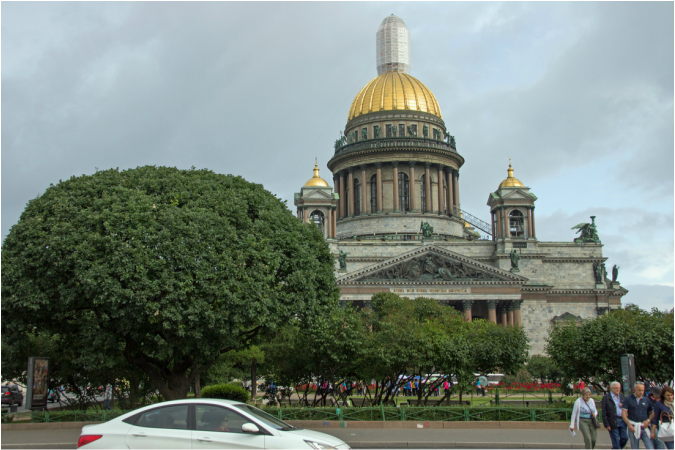
Each room is lavishly decorated from floor to ceiling.
The first rooms were dedicated to showcasing
Russian nobility and military leaders throughout history.
Russian nobility and military leaders throughout history.
Peter the Great is one of the most influential leaders in Russian history. By founding the city of St. Petersburg as the new capital of Russia he created a "window to Europe." Westernization brought many changes in cultural and political systems that still influence Russia today.
WWII & the Siege of Leningrad
The museum staff worked tirelessly to evacuate over a million pieces of art
before the Germans invaded during WWII.
Items that could not be shipped via freight train were stored in the museum basement
where many staff workers and their families sought refuge during German air raids.
These treasures were safely returned at the end of the war.
In contrast, little artwork was saved from the palaces of the Tsar's
which were looted and destroyed upon Nazi Germany's retreat.
The museum staff worked tirelessly to evacuate over a million pieces of art
before the Germans invaded during WWII.
Items that could not be shipped via freight train were stored in the museum basement
where many staff workers and their families sought refuge during German air raids.
These treasures were safely returned at the end of the war.
In contrast, little artwork was saved from the palaces of the Tsar's
which were looted and destroyed upon Nazi Germany's retreat.
| STOP #4: Church of the Savior on Spilled Blood As we drove along Nevsky Prospect (main street) to our next destination, we caught a glimpse of something striking in the distance. Bright onion domes of blue, green, and gold pierced the sky. Little did we know it was one of St. Petersburg's most iconic and colorful churches. |
The church was built as a memorial to Alexander II by his son.
It is called the Church of the Savior on Spilled Blood,
because it is built upon the ground where Alexander II was assassinated.
The church was heavily damaged during the Siege of Leningrad,
but it was reopened again in 1997.
It is called the Church of the Savior on Spilled Blood,
because it is built upon the ground where Alexander II was assassinated.
The church was heavily damaged during the Siege of Leningrad,
but it was reopened again in 1997.
STOP #5: Peterhof Palace
Our tour group had the unique opportunity
to travel to Peterhof via hydrofoil in under 30 minutes.
Boats with hydrofoil technology are designed so that
the bottom of the boat lifts out of the water during high speeds,
thus reducing drag in the water, and increasing the overall speed of the boat.
It felt like we were flying over the water as our seats quietly hummed us to sleep.
to travel to Peterhof via hydrofoil in under 30 minutes.
Boats with hydrofoil technology are designed so that
the bottom of the boat lifts out of the water during high speeds,
thus reducing drag in the water, and increasing the overall speed of the boat.
It felt like we were flying over the water as our seats quietly hummed us to sleep.
Lush manicured gardens and majestic fountain displays
make Peterhof Palace well worth the day trip from St. Petersburg.
Peter the Great modeled his plans for Peterhof based on the French Versailles.
He chose the location of his summer residence due to its proximity
to Kronstadt, an island fortress housing Russia's naval fleet.
make Peterhof Palace well worth the day trip from St. Petersburg.
Peter the Great modeled his plans for Peterhof based on the French Versailles.
He chose the location of his summer residence due to its proximity
to Kronstadt, an island fortress housing Russia's naval fleet.
Each tsar after Peter continued to expand and make additions to the complex.
The most notable features of Peterhof are its numerous fountains and trick fountains.
These fountains are operated by a gravity-fed water system, not requiring the use of pumps.
The most notable features of Peterhof are its numerous fountains and trick fountains.
These fountains are operated by a gravity-fed water system, not requiring the use of pumps.
During WWII the Germans looted, destroyed,
and burned most of the Peterhof complex.
and burned most of the Peterhof complex.
STOP #6: Constantine Palace (Konstantinovsky Palace)
Driving back from Peterhof, we made a small pit stop.
Originally Constantine Palace was the summer residence of Russian nobility.
It was later occupied and mostly destroyed by the Germans during WWII.
Vladimir Putin ordered its restoration and conversion to a presidential residence in 2001.
The palace hosted world leaders at the 32nd G8 summit in 2006 and the G20 summit in 2013.
Driving back from Peterhof, we made a small pit stop.
Originally Constantine Palace was the summer residence of Russian nobility.
It was later occupied and mostly destroyed by the Germans during WWII.
Vladimir Putin ordered its restoration and conversion to a presidential residence in 2001.
The palace hosted world leaders at the 32nd G8 summit in 2006 and the G20 summit in 2013.
After an exhausting day of touring the city,
we were driven back to the cruise terminal.
we were driven back to the cruise terminal.
Russia on Stage
Since we were spending the night in St. Petersburg,
we had the option of booking an evening performance....
and what could be more Russian than seeing the Russian ballet IN Russia?
During the tourist season, Swan Lake and Don Quixote are performed regularly.
Not sure if ballet is your thing? Watch a few Youtube videos beforehand to decide.
we had the option of booking an evening performance....
and what could be more Russian than seeing the Russian ballet IN Russia?
During the tourist season, Swan Lake and Don Quixote are performed regularly.
Not sure if ballet is your thing? Watch a few Youtube videos beforehand to decide.
Our Ballet Alternative...
Despite the draw of seeing a true Russian ballet, we opted to see a Russian Folk Show instead.
While it might sound like something for old people, I can attest that it was highly entertaining.
There was singing, dancing, acting, traditional music, and beautiful costumes.
Plus, we witnessed the traditional Hopak dance involving squatting, jumping, spinning, and kicking.
It seemed much more energetic and fascinating than the ballet... even my husband enjoyed it.
While it might sound like something for old people, I can attest that it was highly entertaining.
There was singing, dancing, acting, traditional music, and beautiful costumes.
Plus, we witnessed the traditional Hopak dance involving squatting, jumping, spinning, and kicking.
It seemed much more energetic and fascinating than the ballet... even my husband enjoyed it.
Extra BONUS...
1. Food: The show includes a brief intermission of all-you-can-eat/drink appetizers and alcohol.
Try red caviar or take shots of Russian vodka and don't forget the champagne!
2. Shopping: The main upper terrace is filled with souvenir vendors during intermission.
Buy your Faberge eggs and snatch up those Matryoshka nesting dolls for a fraction of the price!
Most guided tours have few, select opportunities to buy souvenirs.
Tourists are either corralled into one giant overpriced souvenir shop or
stuck with vendors selling factory-made items at the cruise terminal.
The souvenirs at the folk show were of much higher quality
than anything else we saw while in St. Petersburg.
This made the folk show even more worthwhile,
as it saved us a considerable amount of money.
Extra BONUS...
1. Food: The show includes a brief intermission of all-you-can-eat/drink appetizers and alcohol.
Try red caviar or take shots of Russian vodka and don't forget the champagne!
2. Shopping: The main upper terrace is filled with souvenir vendors during intermission.
Buy your Faberge eggs and snatch up those Matryoshka nesting dolls for a fraction of the price!
Most guided tours have few, select opportunities to buy souvenirs.
Tourists are either corralled into one giant overpriced souvenir shop or
stuck with vendors selling factory-made items at the cruise terminal.
The souvenirs at the folk show were of much higher quality
than anything else we saw while in St. Petersburg.
This made the folk show even more worthwhile,
as it saved us a considerable amount of money.
A decent sized Faberge egg normally starts at about 100 euro.
I bought mine for 30 euro.
I bought mine for 30 euro.
Tips:
- Arrive early and get a good seat up close to the stage in order to see the footwork.
- Have someone save your seats during intermission.
- At intermission, leave the theater via the main doors you entered from. There is no need to hang out in the side rooms where there is only food and drinks. They have the same appetizer and drink tables set out in the main terrace with the shopping vendors. Shop while you eat!
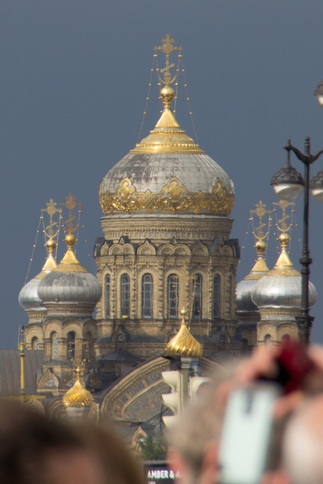
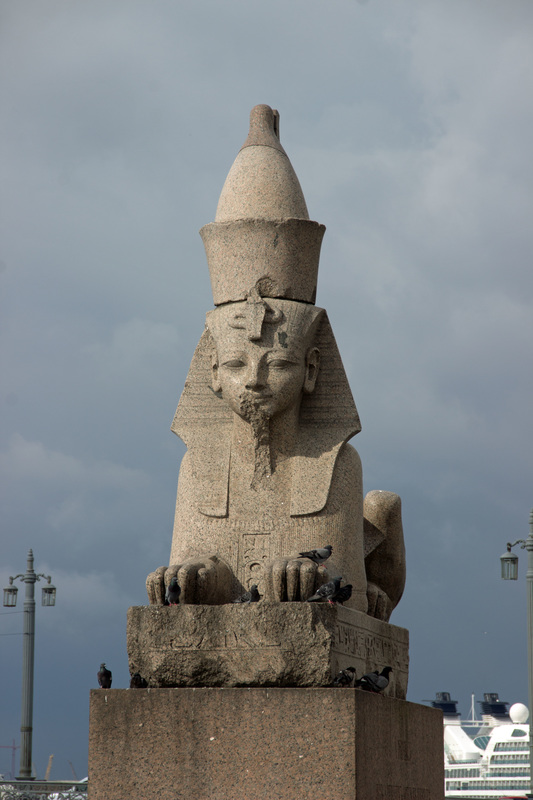
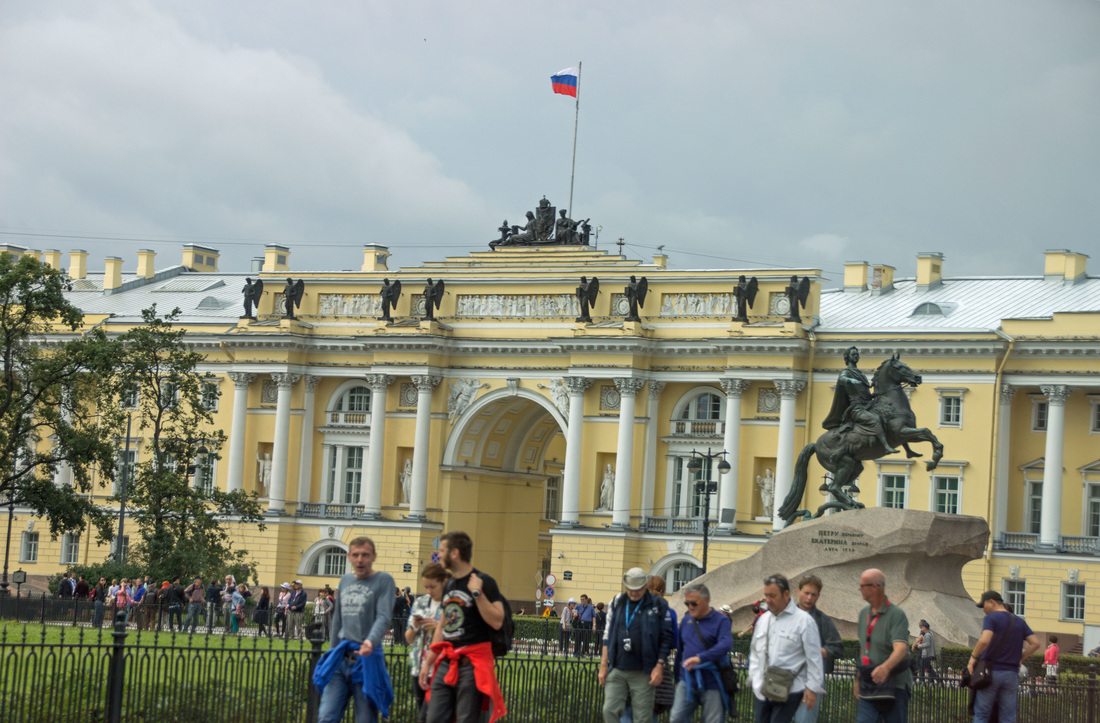
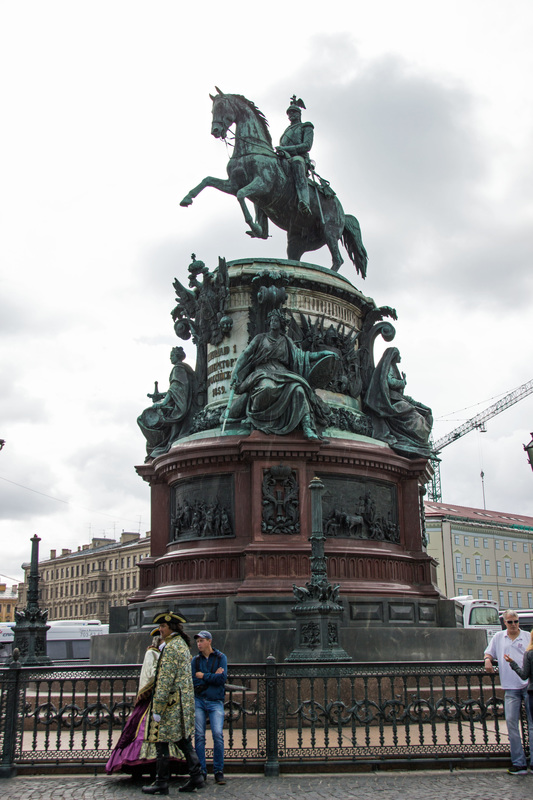
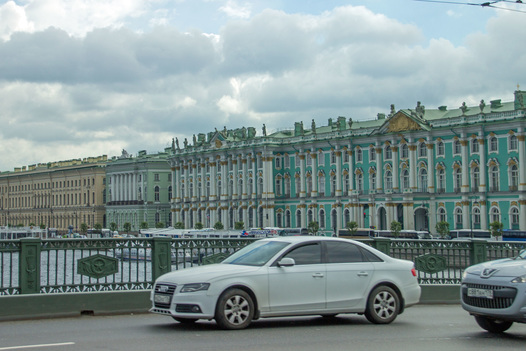
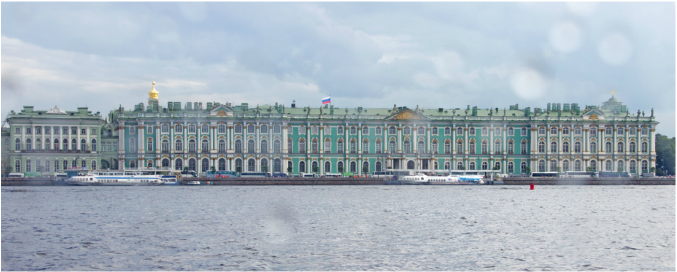
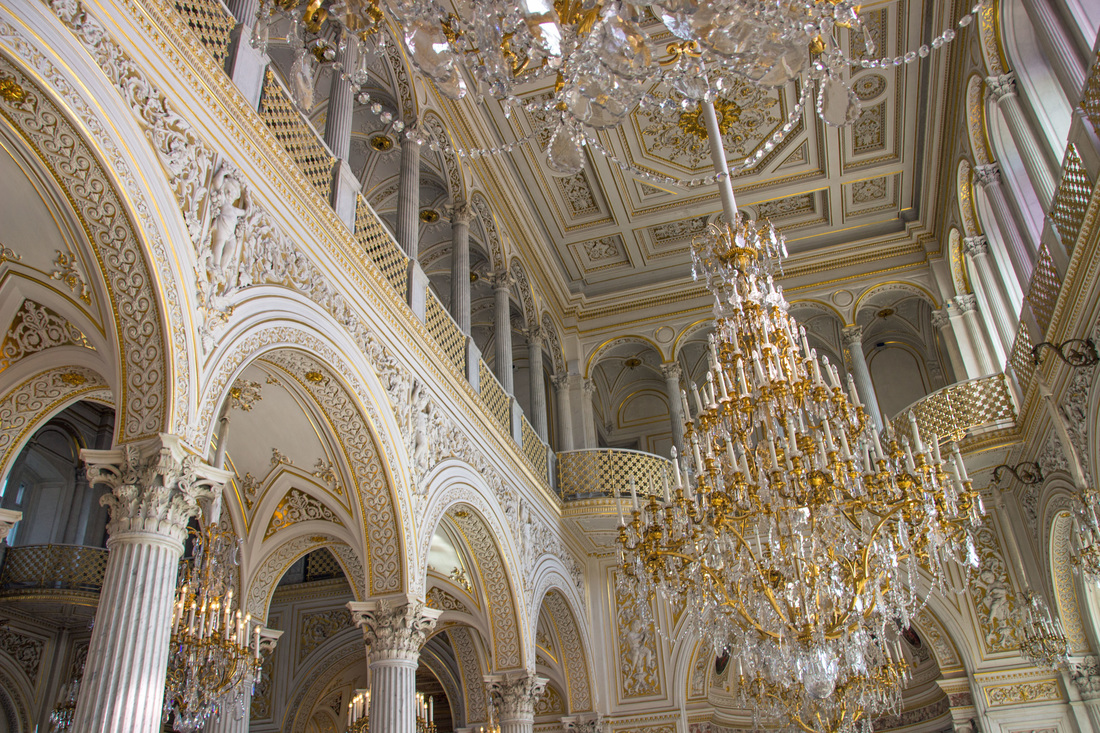
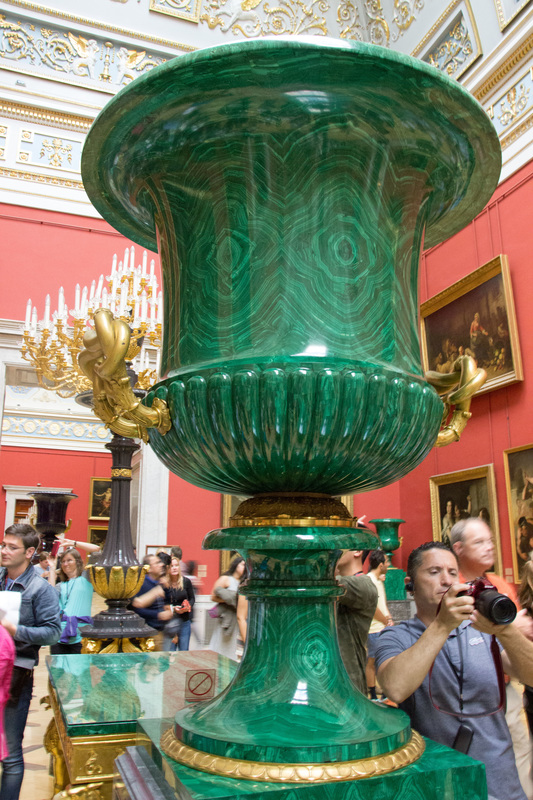
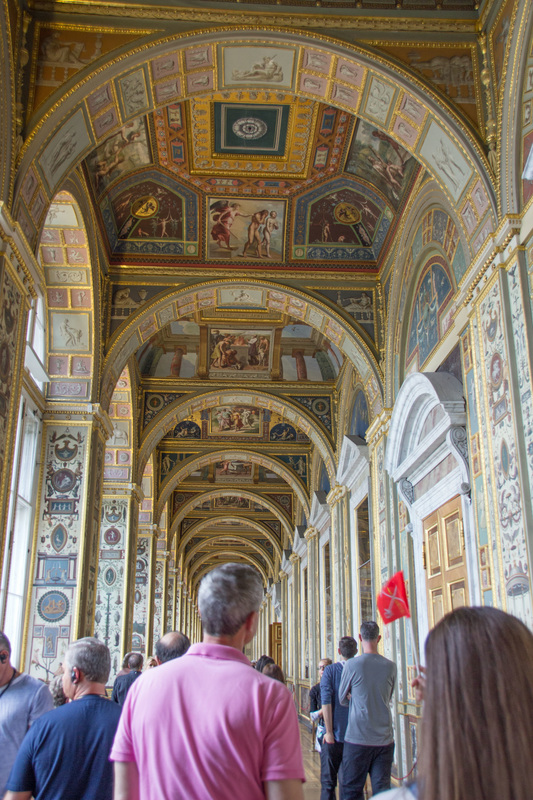
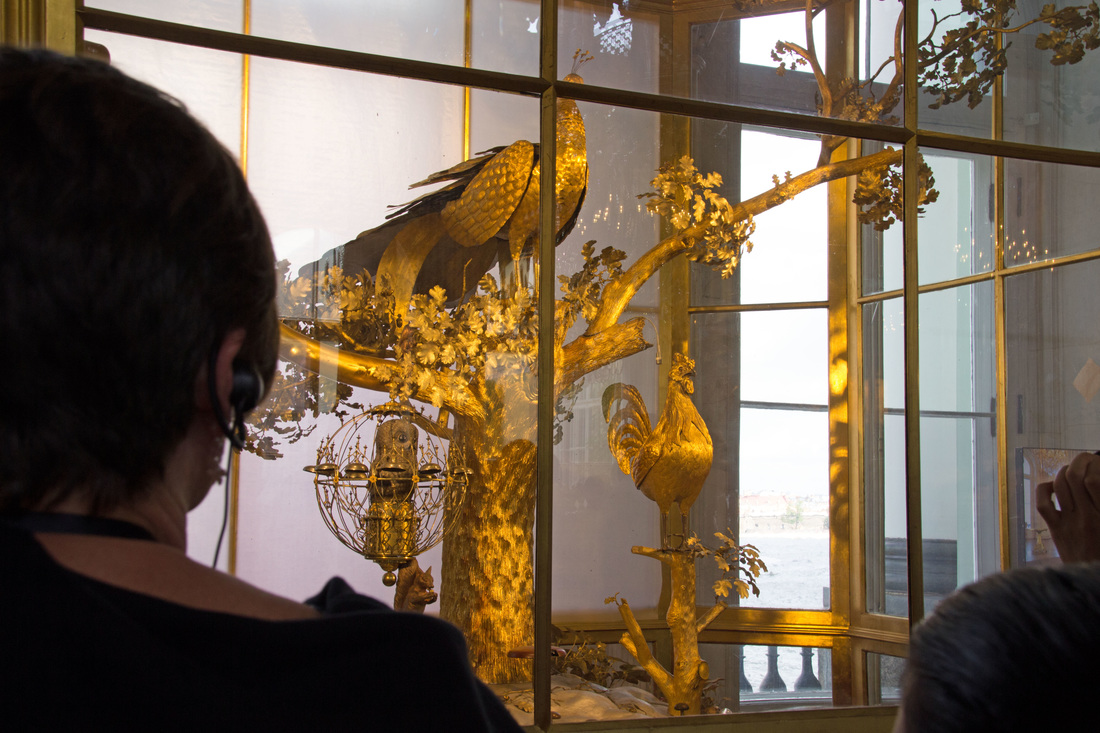
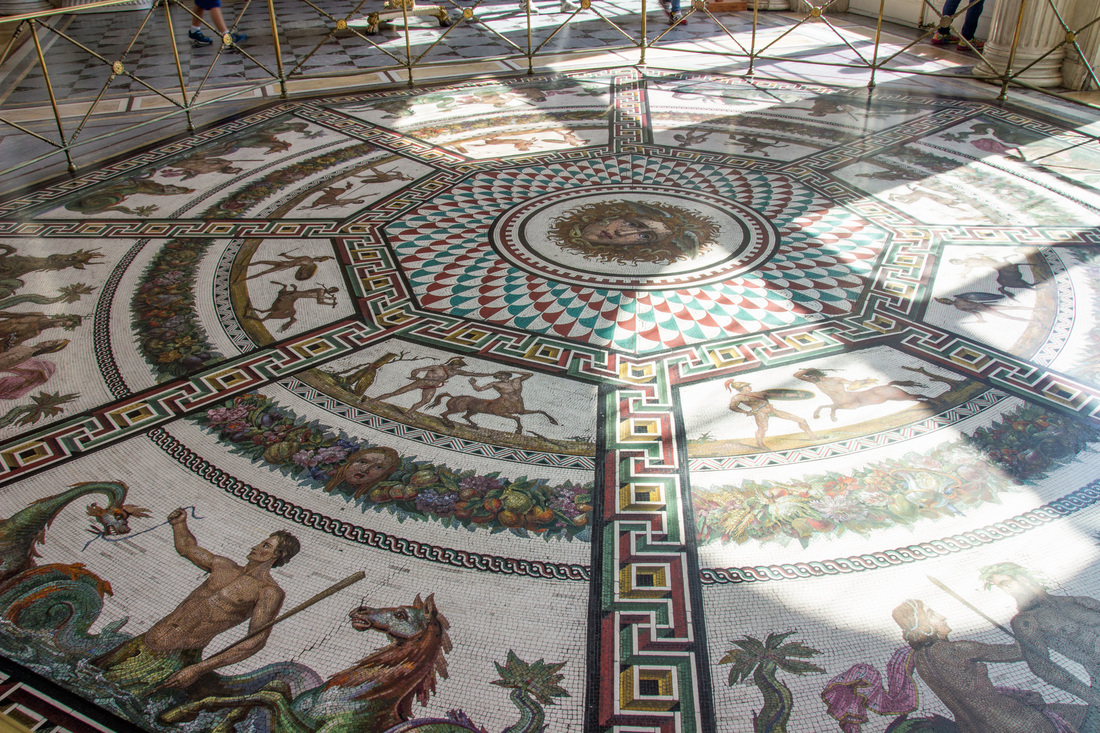
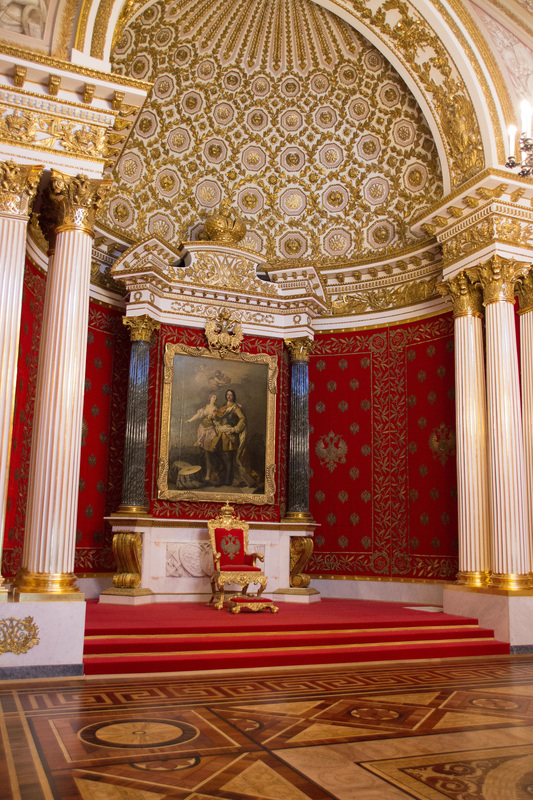
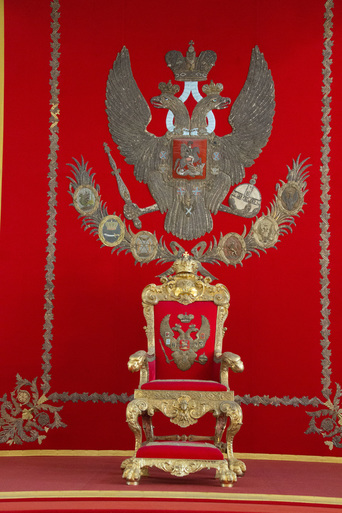
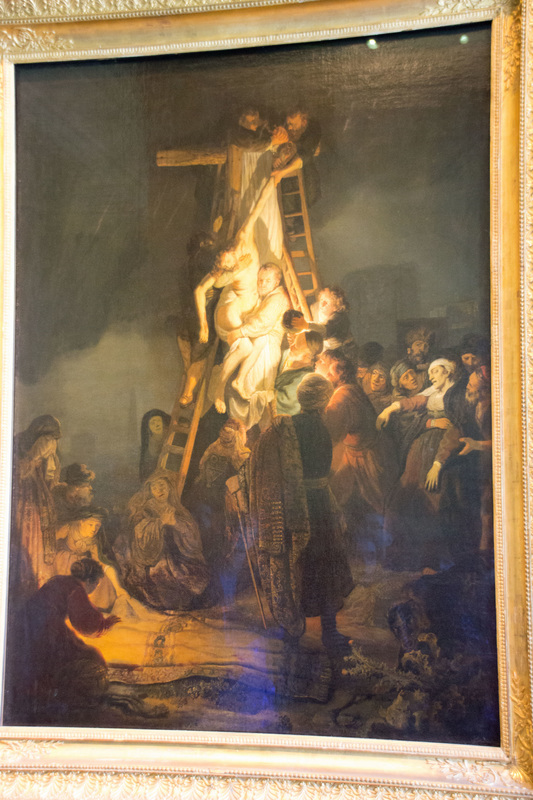
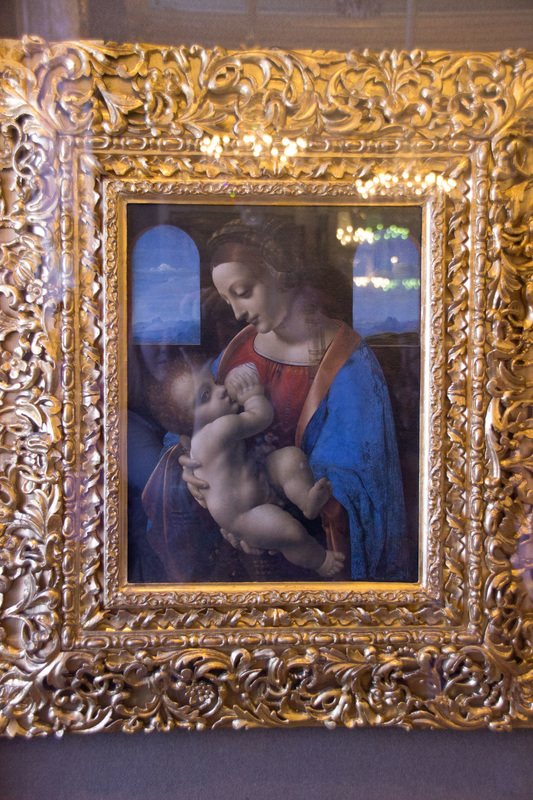
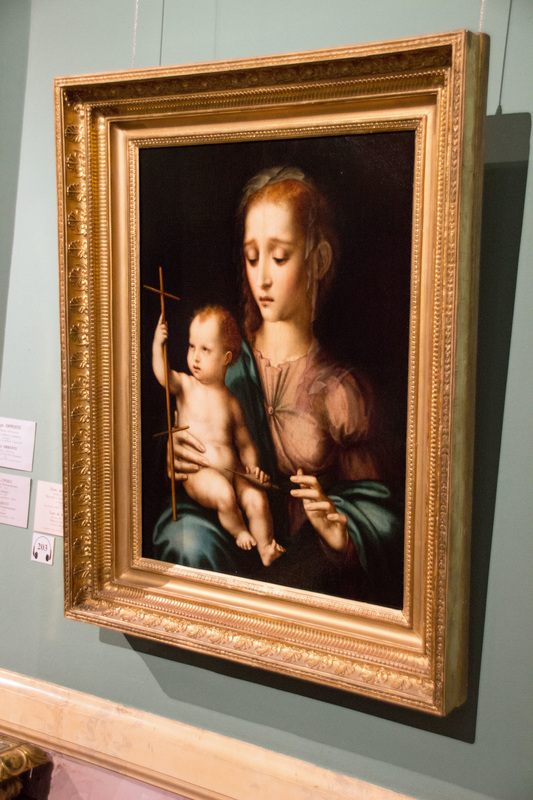
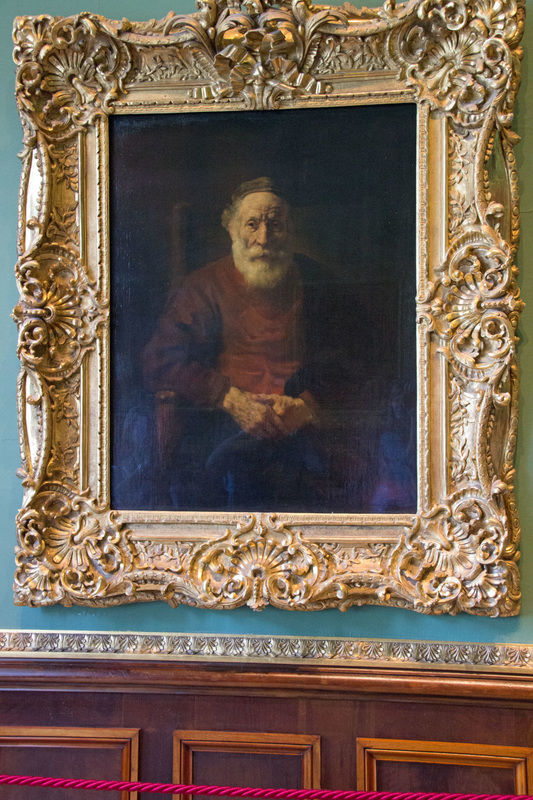
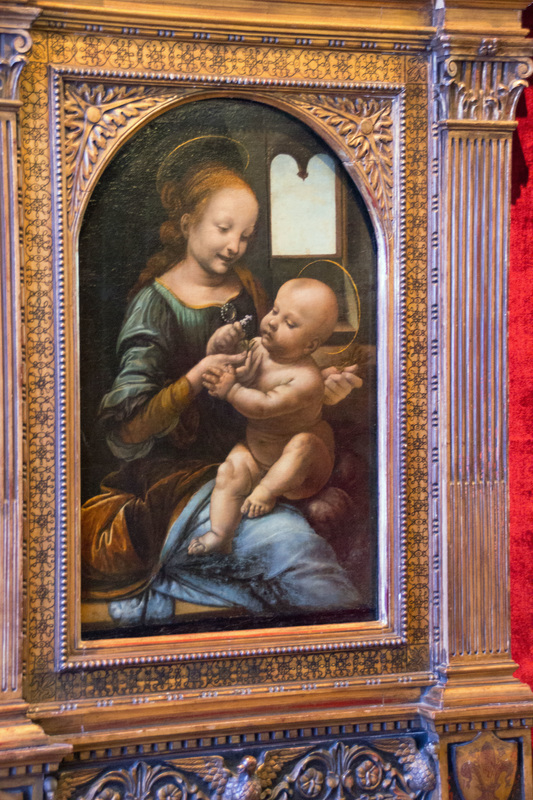
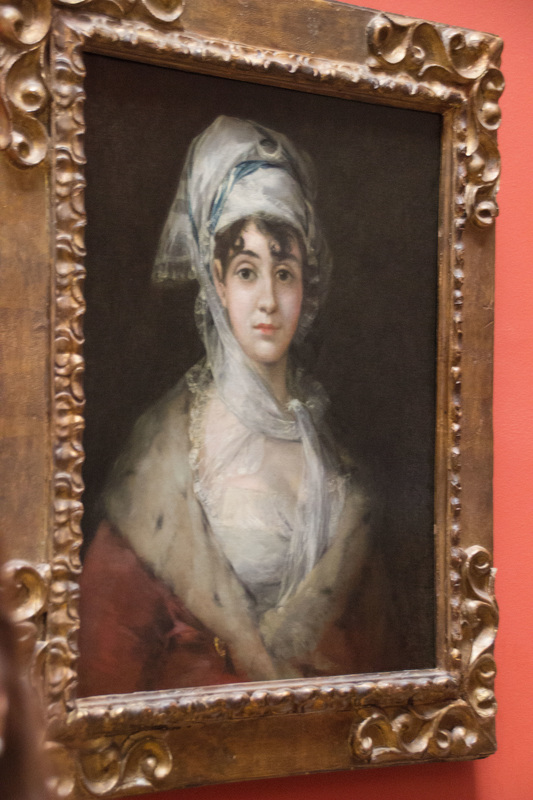

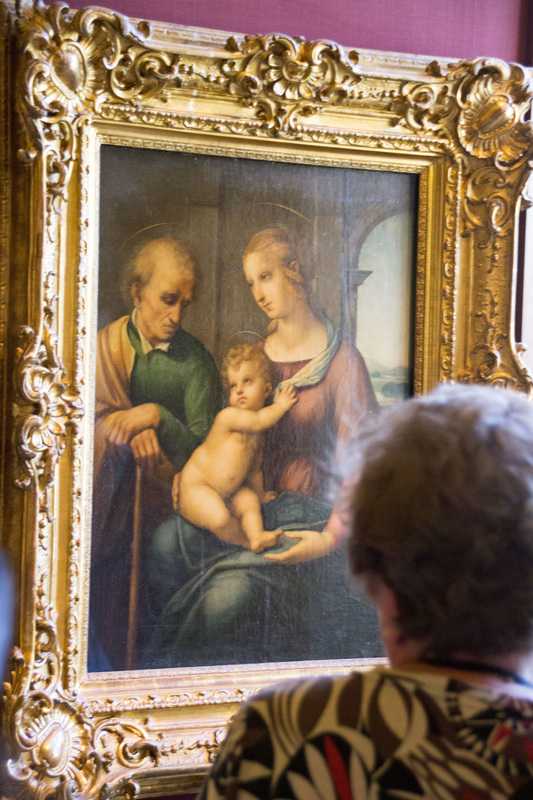
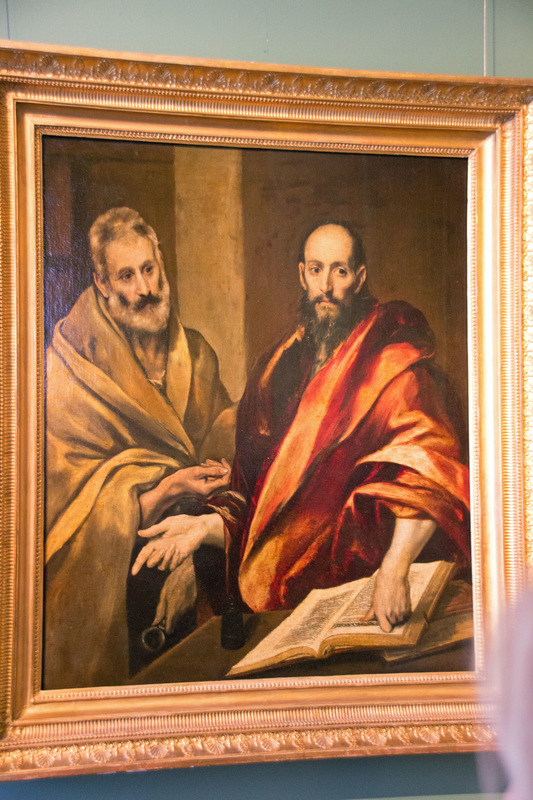
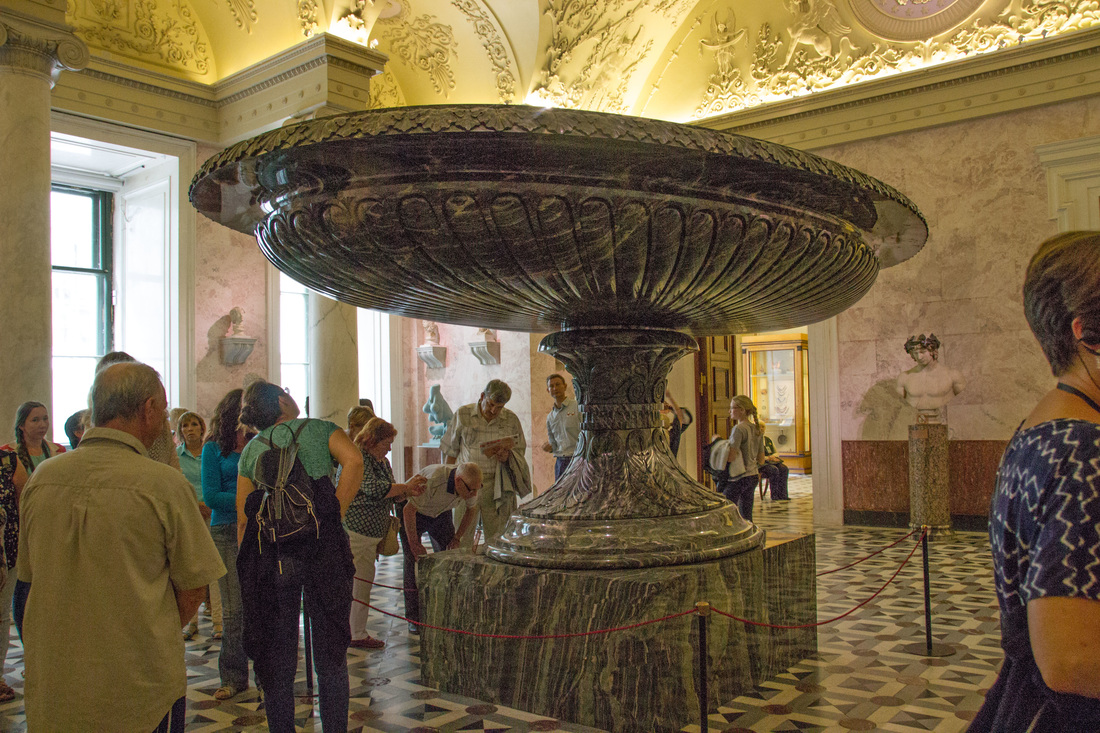
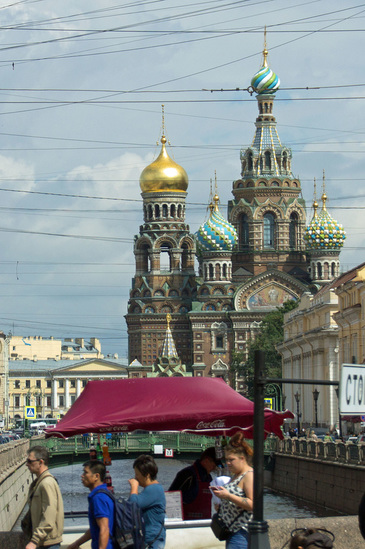
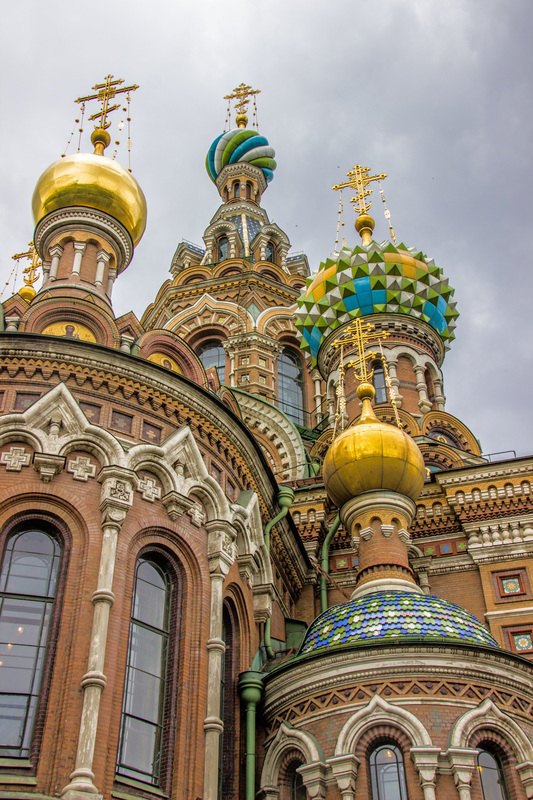
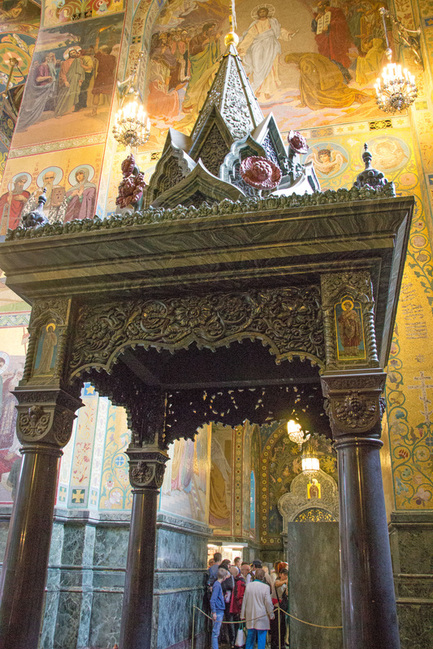
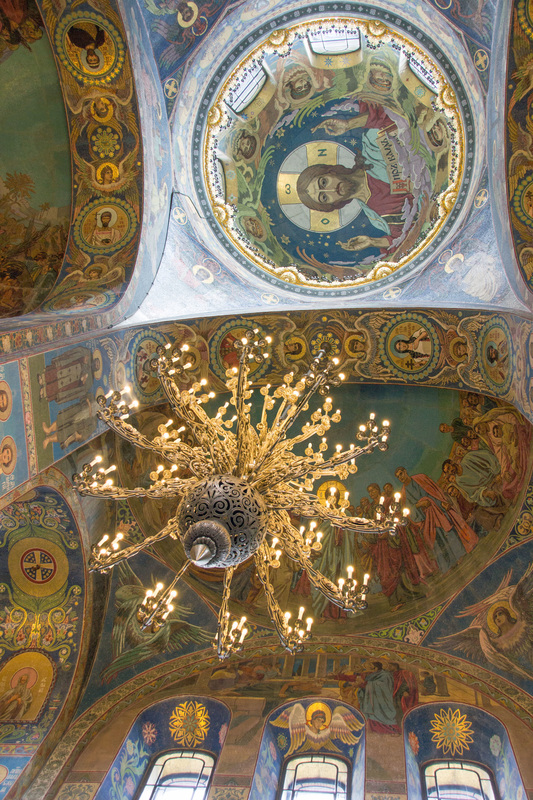
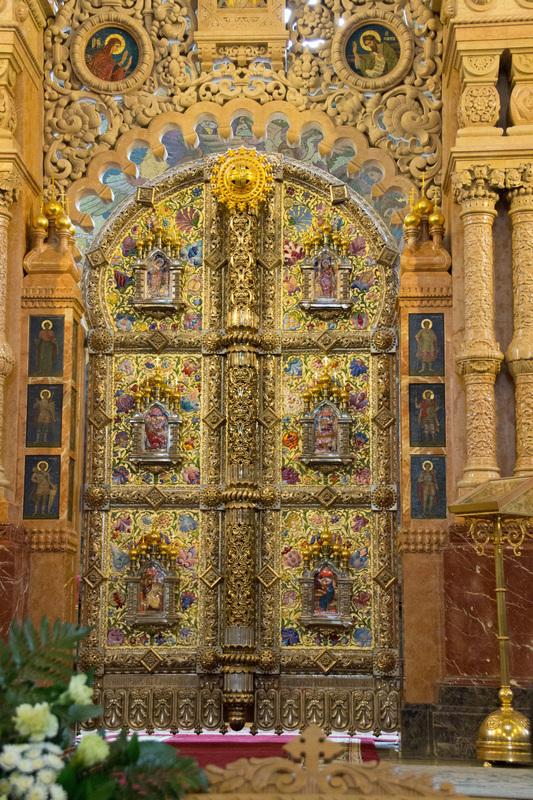
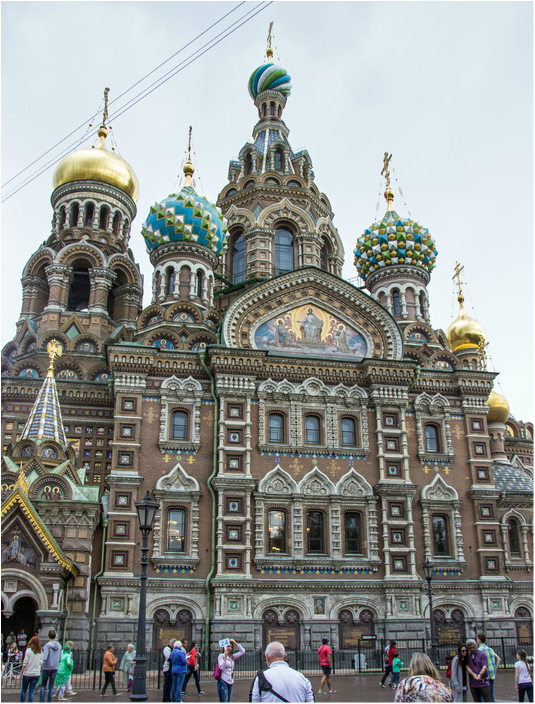
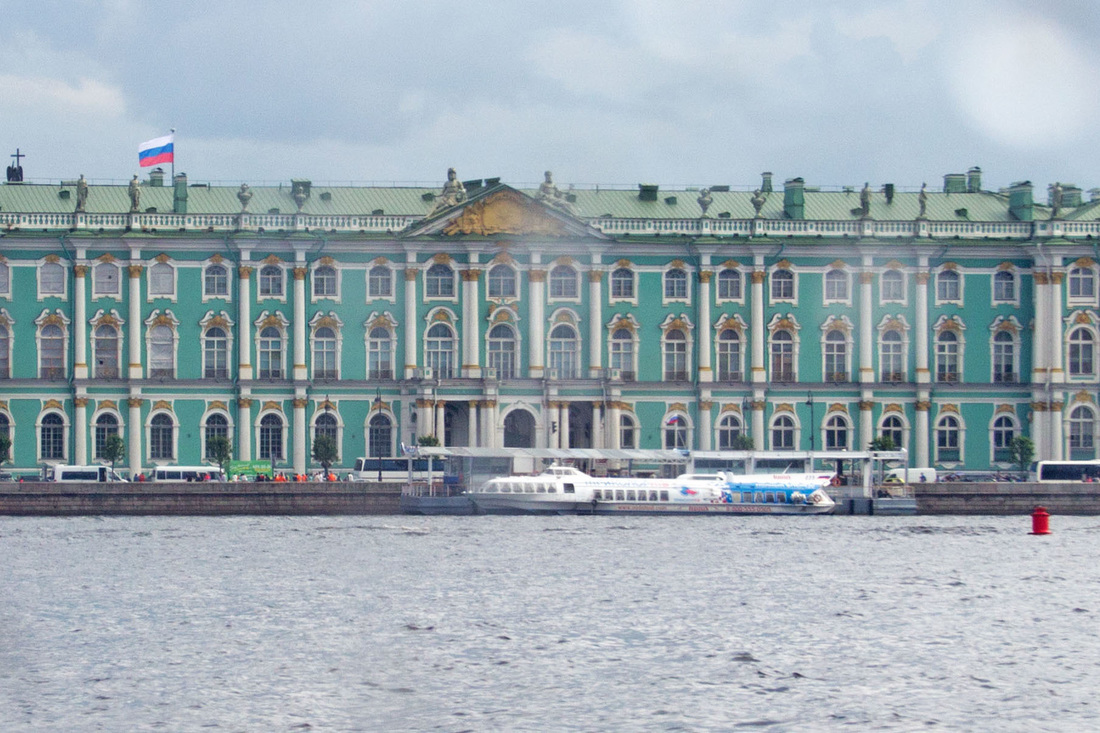
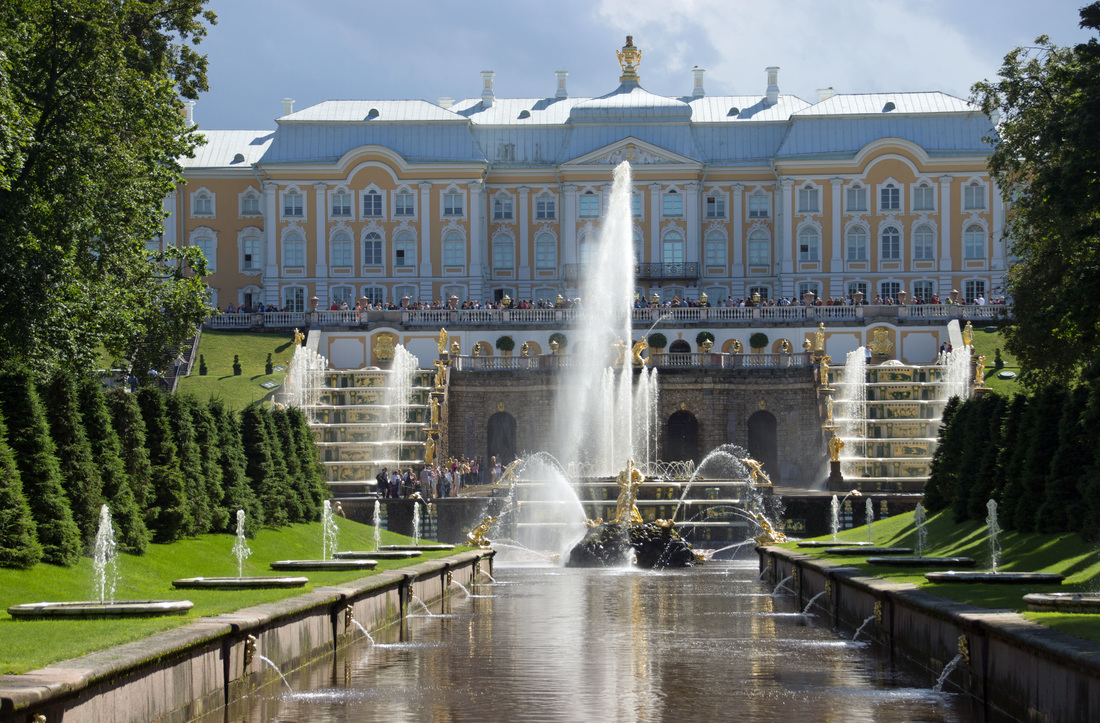
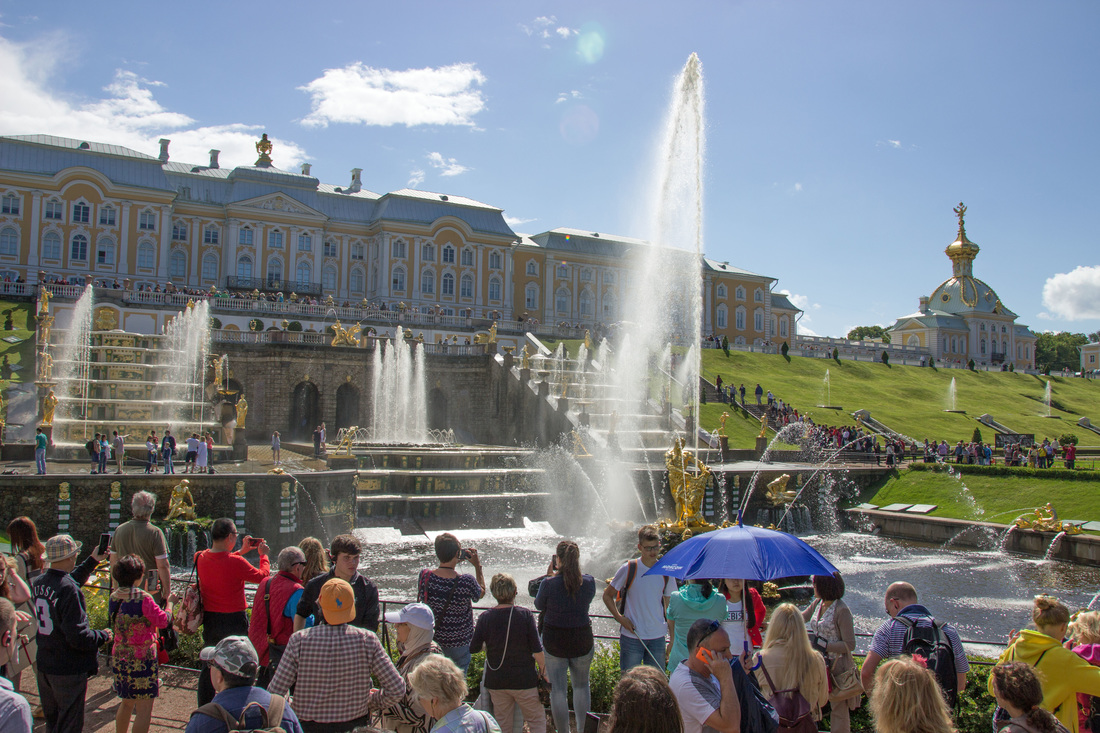
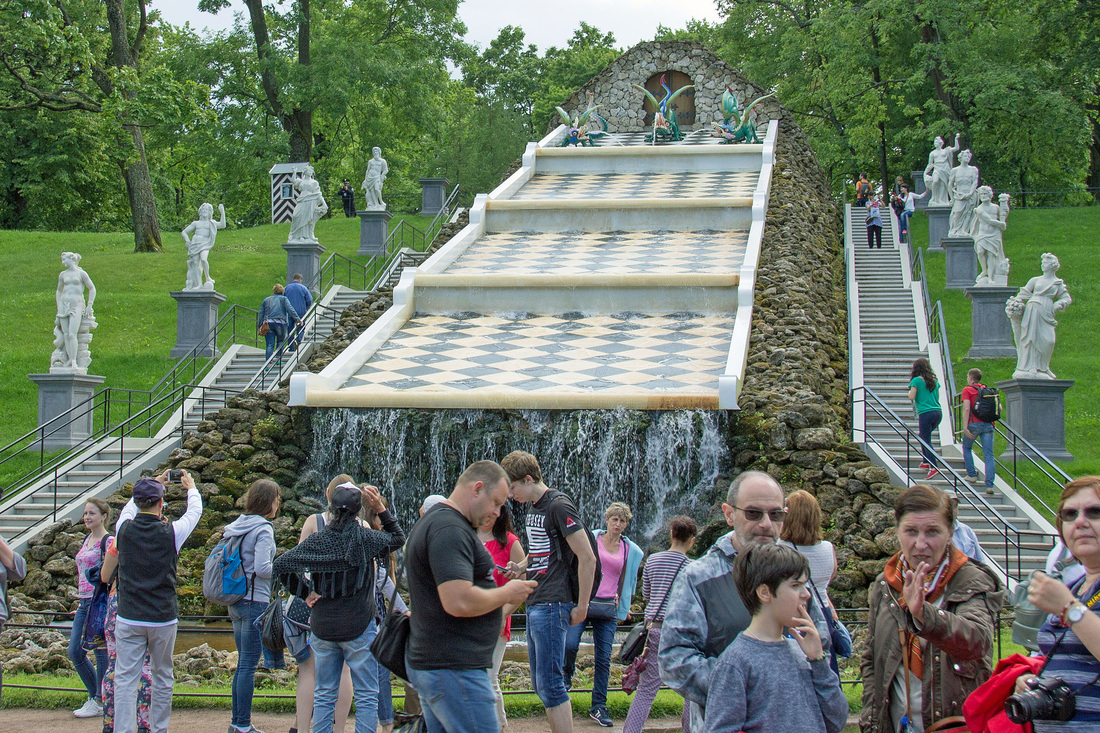
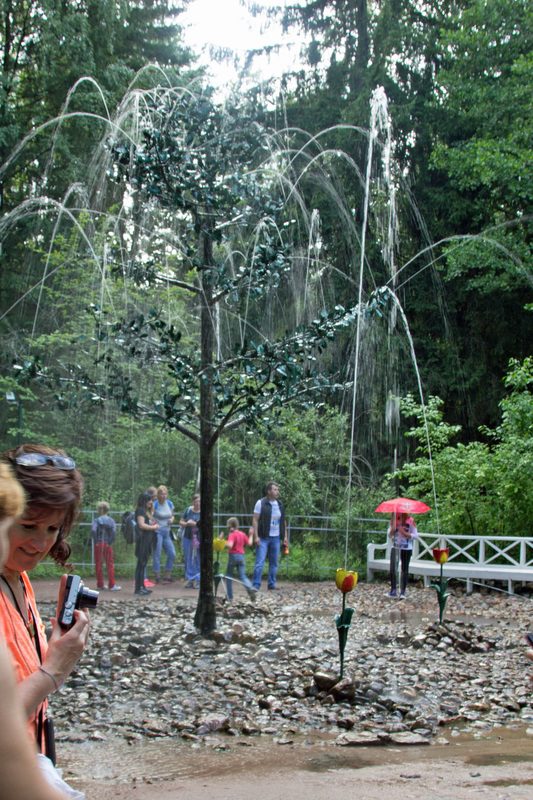
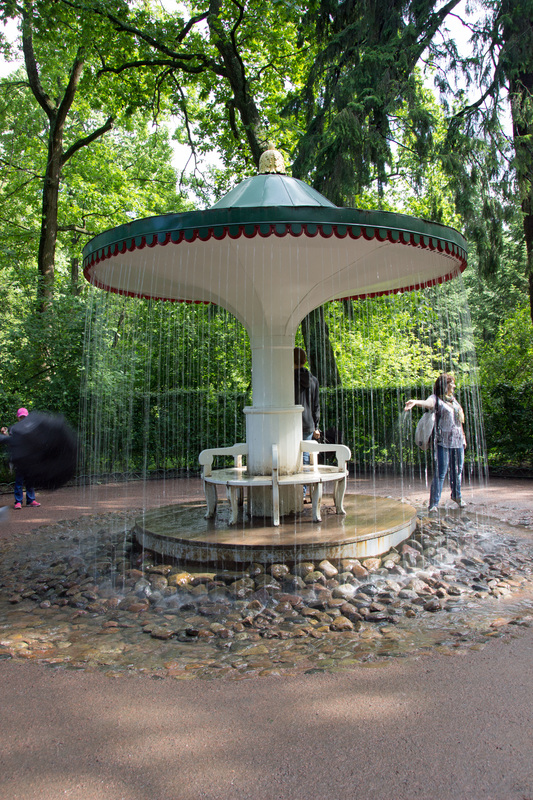
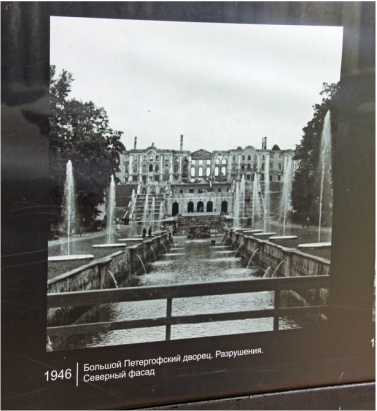
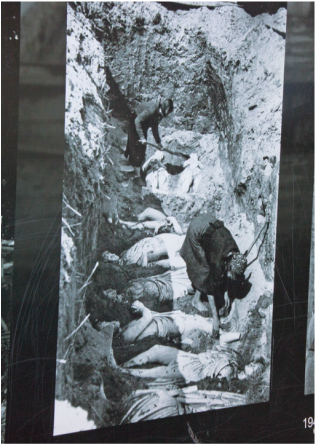

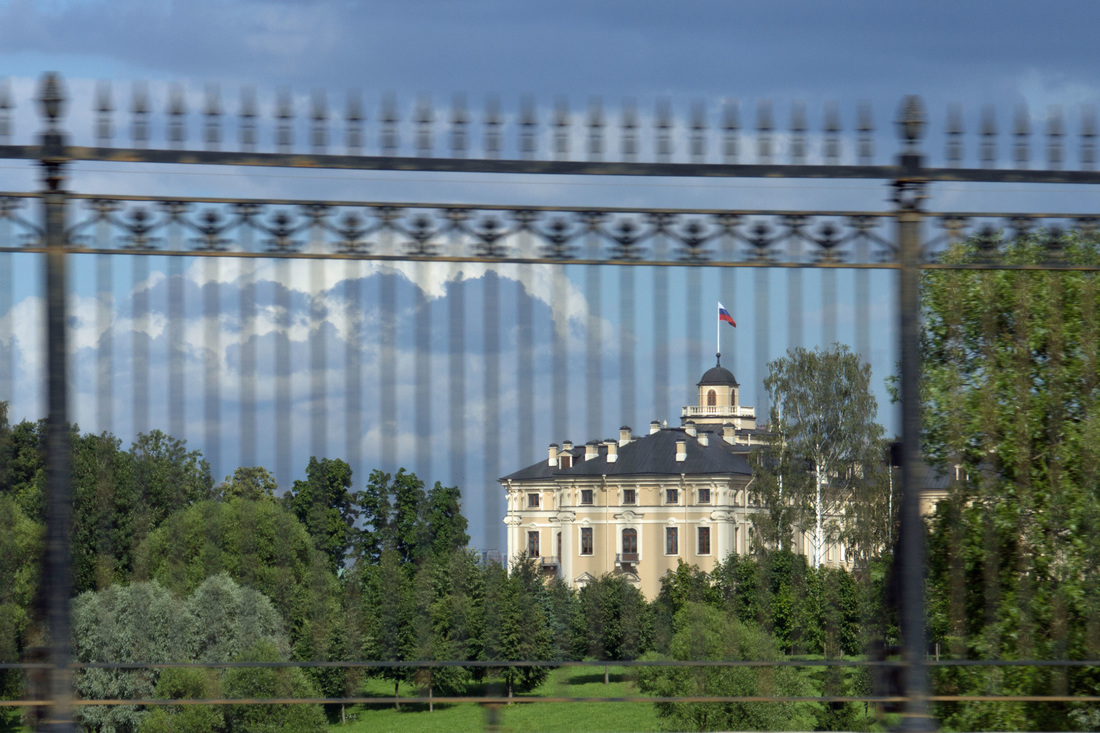
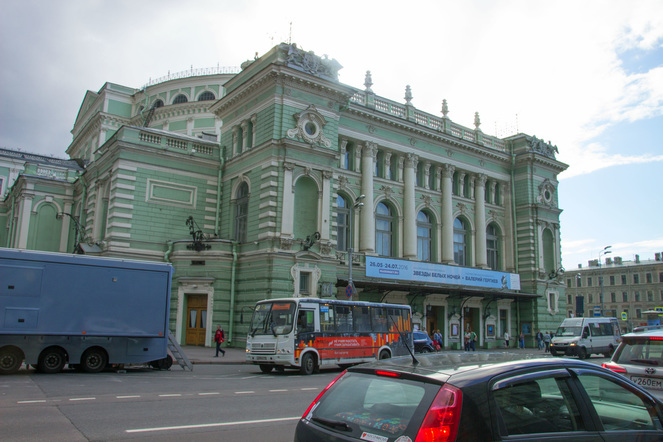
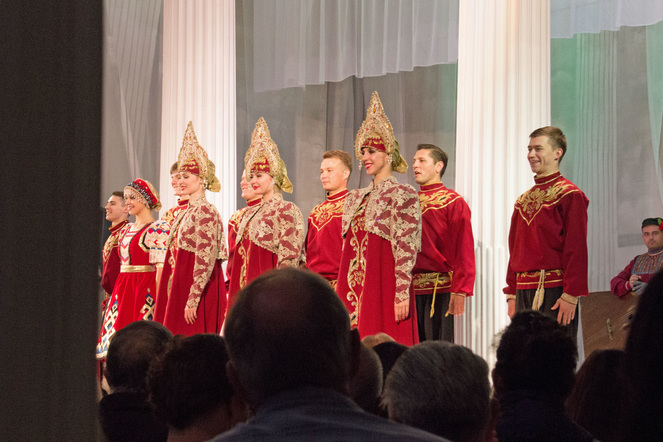
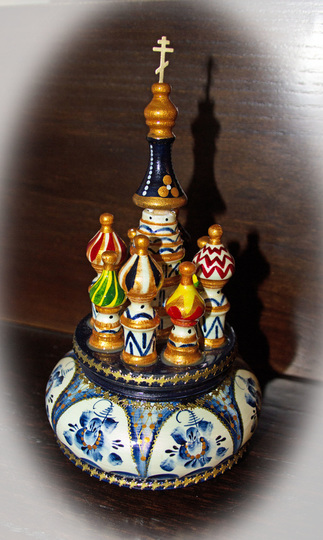
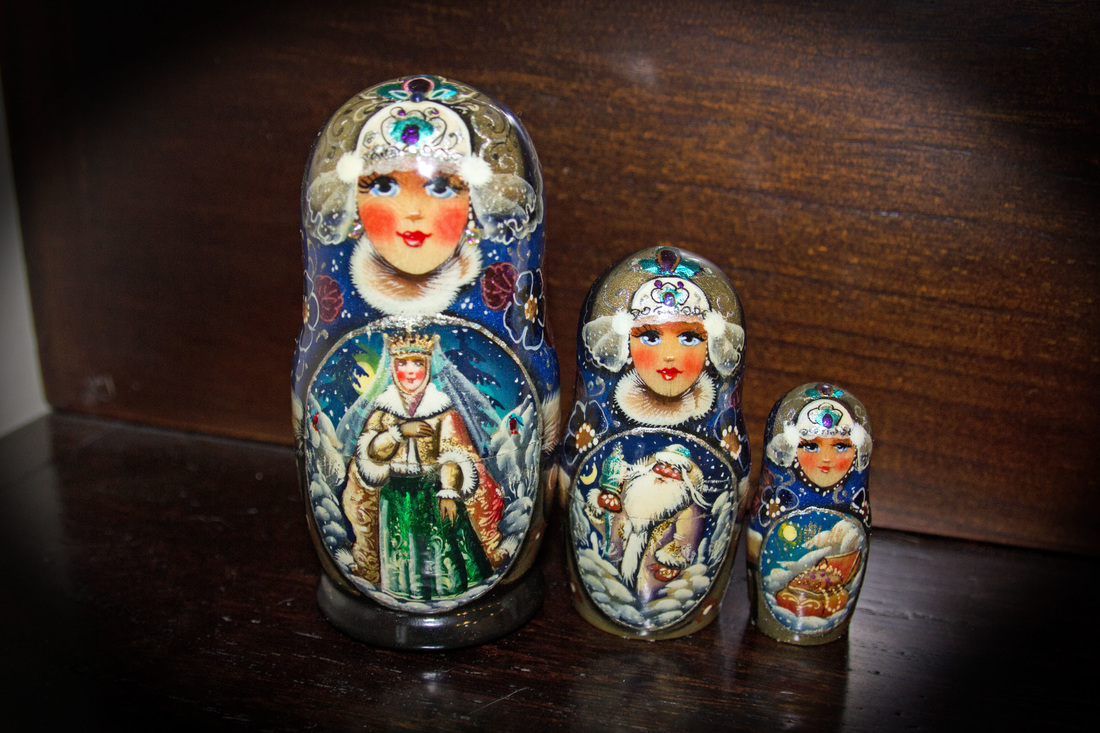
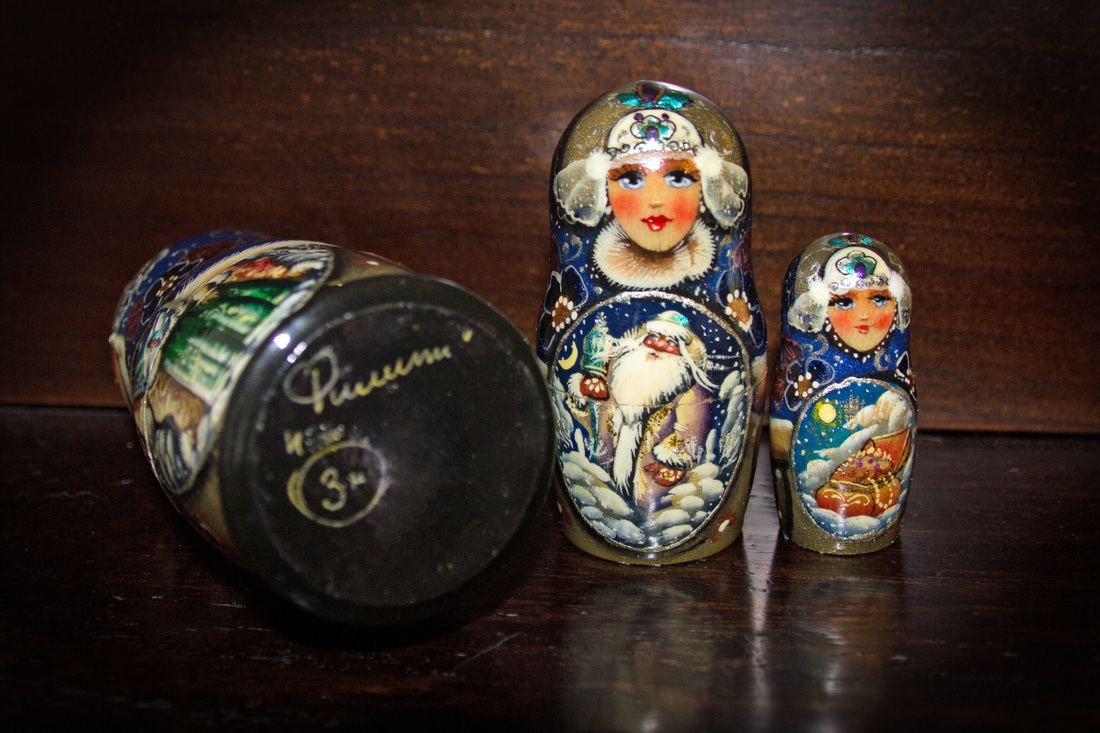
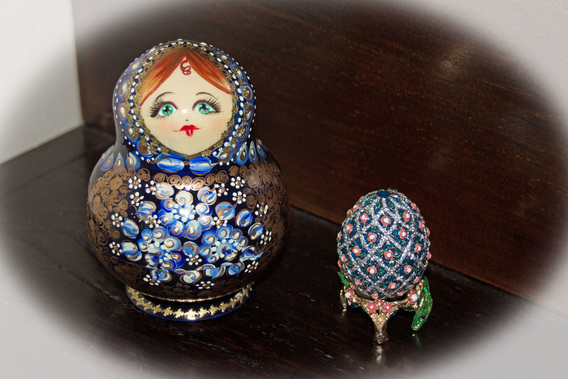
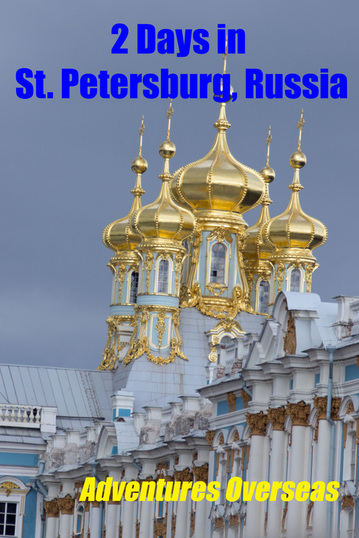
 RSS Feed
RSS Feed
